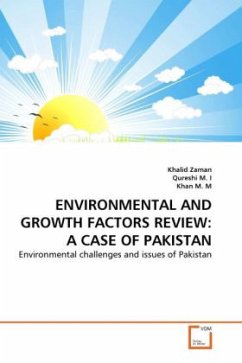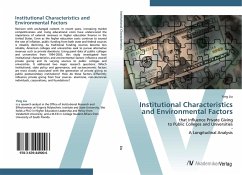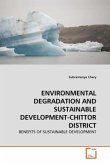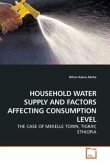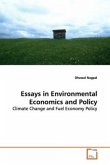Environmental challenges and issues of Pakistan are associated primarily with an imbalanced social and economic development from last two to three decades. This challenge is further compounded with rapid urbanization due to a shift of population from rural to urban areas. Thus, all major cities of Pakistan face haphazard, unplanned expansion leading to increase in pollution. Main factors causing degradation to air quality are, a) rapidly growing energy demand and b) a fast growing transport sector. In the cities, widespread use of low quality fuel, combined with a dramatic expansion in the number of vehicles on roads, has led to significant air pollution problems. Although Pakistan's energy consumption is still low by world standards, but lead and carbon emissions are major air pollutants in urban centres. This book is re-examine the relationship between environmental and growth factors in the specific context of Pakistan, by using a latest techniques of cointegration. Data set from 1975-2009 are taken for time series analysis. The results are quite robust not only in terms of statistical powers, but also in terms of economic instinct.

